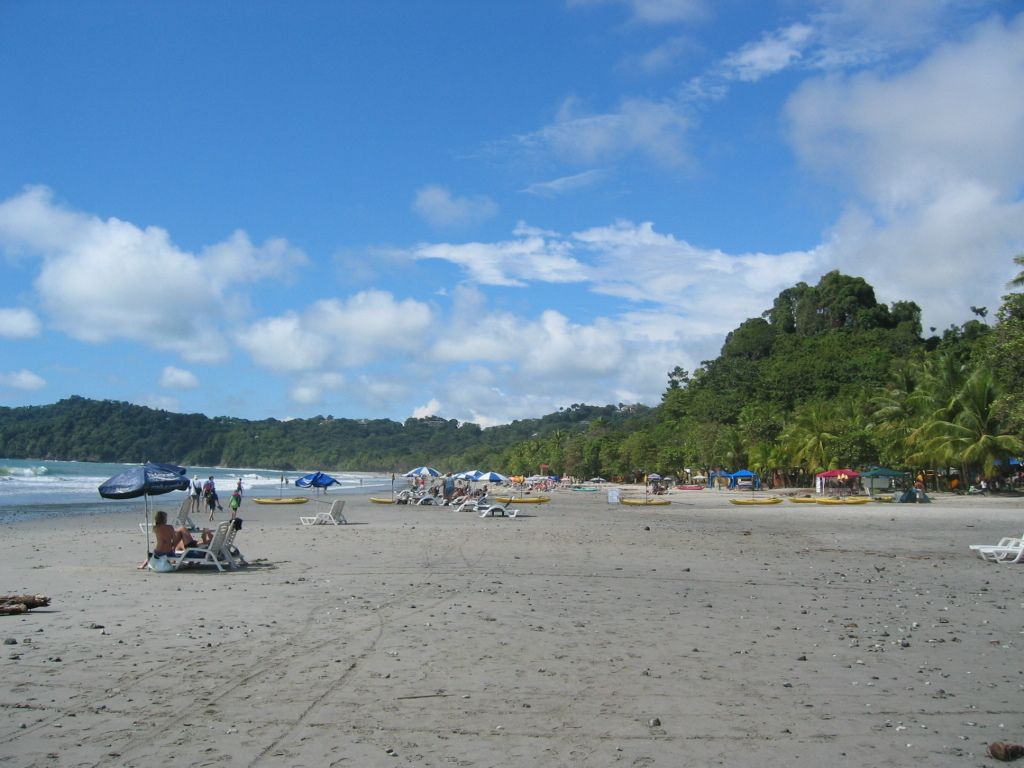Sizzling City Summers: How's the Heat Stress in Your City? Get the Lowdown Here
- ⏰ - 2 Min Read
City heat stress levels illustrated in this map. - What's the current temperature in your locale?
It's a sweltering affair for over 12 million inhabitants in German cities, as per the German Environmental Aid (DEH). Based on a 'Heat Affectedness Index' that evaluates locations where scorching temps, concrete jungles, and green spaces are scarce, the organization has highlighted 190 cities with more than 50,000 residents.
Leading the heat stress race are southern German cities - Mannheim, Ludwigshafen, and Worms, unfortunately earning top spots for all the wrong reasons. Approximately 88-91% of their populations reside in highly affected zones.
Northward cities like Flensburg, Wilhelmshaven, and Kiel fare better due to cooler summer temperatures. However, Hattingen, Gummersbach, and Witten stand out as the cream of the crop, offering comparatively more green spaces and fewer sealed surfaces.
Hotspots to Avoid
The DEH has classified 31 cities in the 'Red' category as danger zones, including Frankfurt am Main and Magdeburg. Cologne, Berlin, and Munich are among the 131 cities in the 'Yellow' category. Hamburg, surprisingly, maintains a 'Green' status.
To create this index, DEH teamed up with Luftbild Environmental Planning GmbH. They divided the country into smaller, 100m x 100m grids to measure each area's surface temperature, degree of sealing, greenery level, and population density during the summer months. Values were calculated relative to the nationwide average for inhabited areas, granting points for deviations.
This updated report expands on the previously published DEH heat check from last year by incorporating average summer surface temperatures and population density data.
Urban Education: Concrete vs. Green
Surfaces like roads, parking lots, and rooftops absorb heat without allowing water to seep in or evaporate, amplifying heat buildup in urban areas. Green spaces, such as meadows, hedges, or trees, do the opposite by promoting moisture evaporation, thereby cooling the environment.
What Can Police Do About the Heat?
Cities can take several measures to combat heat stress. The concept of a 'Sponge City' encourages better water infiltration and storage to manage heavy rainfall and dry periods. Green roofs and facades, parks, and trees facilitate evaporation. Cool air corridors induce inflow of cooler air from surrounding regions into urban areas. And of course, drinks fountains add a refreshing touch.
- Heat Index
- Urban Heat
- German Environmental Aid e.V.
[1] German Environmental Aid. (n.d.). The heat check: cities are strongly affected by extreme heat. Retrieved from https://www.duh.de/themen/klima-energie/begrenzung-der-warmemitteleuropas/politik-und-ivrmesse/bundeslaute/klimarettung-und-politik/aktuelle-themen/heat-check-hello-in-stark-von-extremer-hitze-betroffenen-stoedgebeit.html
[2] German Environmental Aid. (n.d.). Stadtentwicklung: Weitere Daten besser als weniger. Retrieved from https://www.duh.de/presse/aktuelles/spende/umweltschutz-spende-9-letzte-aktualitaet-umwelt-und-nuernsuppe-stadtentwicklung-weitere-daten-besser-als-weniger.html
Psst! Check out the table below to see how your city fares in terms of temperature, sealing, and greening:
- The implementation of a comprehensive community policy could include provisions for addressing heat stress, such as encouraging the development of 'Sponge Cities' and promoting green spaces to counter urban heat.
- Employment policies could be designed to promote research and development in fields like environmental science, climate change, health-and-wellness, and weather, to address the impact of extreme temperatures on human health.
- The German Environmental Aid (DEH) uses science-based approaches, including a Heat Affectedness Index, to evaluate cities based on factors like temperature, sealing, greenery level, and population density, to identify areas most affected by heat stress.








